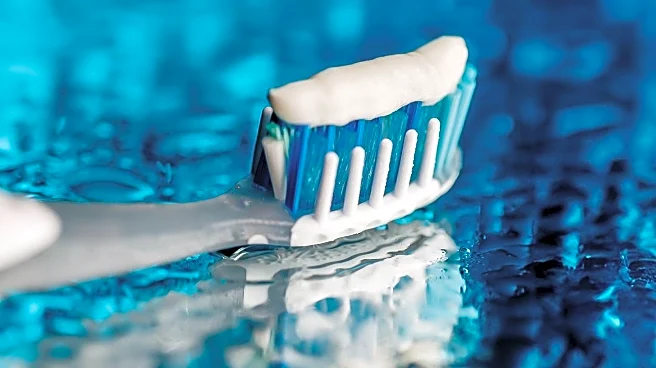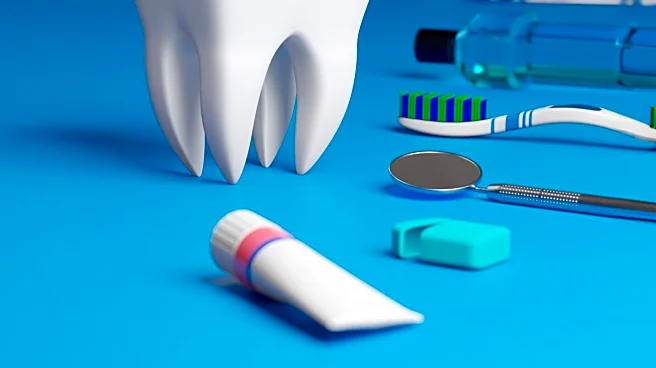Rapid Read • 7 min read
Modern dentistry heavily relies on plastic materials, from toothbrushes to dental fillings and orthodontic aligners. These materials, while essential for dental care, contribute to microplastic exposure in patients. Adith Venugopal, an orthodontist, has raised concerns about the microplastics that slough off dental devices, potentially leading to health issues. Research indicates that microplastics can disrupt hormones and cause developmental abnormalities, although the specific impact of dental microplastics is not yet fully understood. The American Dental Association and the American Association of Orthodontists are monitoring the situation, with ongoing research to assess the risks associated with these materials.
AD
The widespread use of plastics in dentistry highlights a significant public health concern, as microplastics are known to have adverse effects on human health. The potential for these particles to accumulate in the body and cause harm underscores the need for further research and possibly new materials in dental care. Patients may face increased health risks, including hormone disruption and cancer, due to prolonged exposure to microplastics from dental products. This issue is crucial for the dental industry, which must balance the benefits of plastic use with the potential health risks.
The American Association of Orthodontists is actively seeking new research proposals to better understand the impact of microplastics in dentistry. As studies continue, there may be a push towards developing alternative materials that reduce microplastic exposure. Dental professionals might start recommending metal braces over plastic aligners to minimize risks. Patients are advised to monitor their dental devices for wear and consider replacements to mitigate microplastic exposure.
The ethical implications of prescribing plastic dental devices are significant, as healthcare providers must prioritize patient safety. The potential long-term health effects of microplastics could lead to shifts in dental practices and materials used. This issue also reflects broader environmental concerns about plastic pollution and its impact on human health.
AD
More Stories You Might Enjoy










